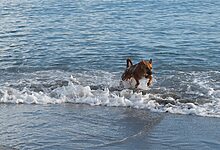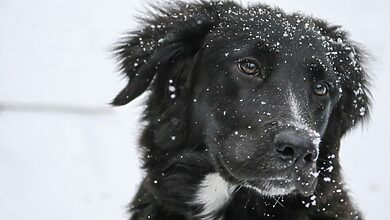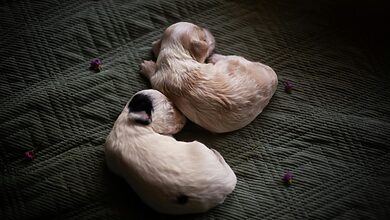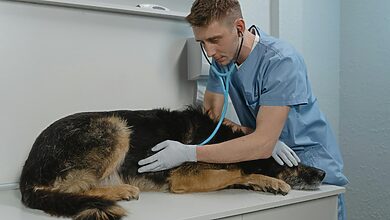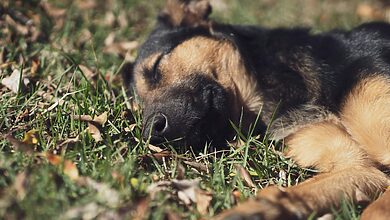How to Milk a Pet Cow: A Step-by-Step Guide to Dairy Delights
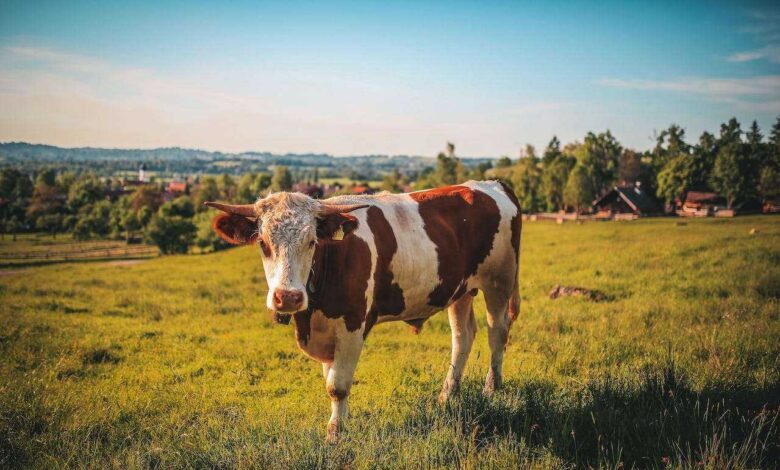
How to milk a pet cow is a gratifying experience that not only provides fresh milk but also strengthens the bond between you and your bovine companion. This comprehensive guide will walk you through the entire process, from preparing your cow for milking to post-milking care, ensuring a smooth and enjoyable milking session every time.
Preparing Your Cow for Milking
Before you start milking your cow, it’s crucial to ensure she is comfortable and relaxed. Here’s how to prepare your cow for milking:
Secure a Calm Environment
Choose a quiet, clean area free from distractions where your cow can stand comfortably during milking. Minimize noise and disturbances to help your cow remain calm and focused.
Groom and Clean Your Cow
Brush your cow’s udder and surrounding areas to remove any dirt or debris that could contaminate the milk. Wipe the udder with a clean, damp cloth to further ensure cleanliness.
Establish Trust and Routine
Approach your cow calmly and speak to her in a soothing voice to establish trust and rapport. Developing a consistent milking routine can help your cow feel secure and relaxed during each session.
Setting Up Your Milking Equipment
Gather all the necessary milking supplies and set up your milking area for efficiency and convenience:
Milking Equipment Checklist
Ensure you have all the required milking supplies, including a milking machine or hand milking equipment, a bucket or container for collecting milk, clean milking cups or teat cups, mild soap or sanitizing solution for cleaning equipment, and towels or paper towels for drying your cow’s udder after milking.
Arrange Your Milking Area
Position your milking equipment within easy reach of your cow, ensuring proper access to her udder. Set up a comfortable seating or standing area for yourself, with a stable surface for placing milking equipment.
The Milking Process
Follow these step-by-step instructions that how to milk a pet cow safely and effectively:
Wash Your Hands
Begin by thoroughly washing your hands with soap and water to prevent contamination of the milk.
Massage and Stimulate the Udder
Gently massage the udder to stimulate milk flow and promote relaxation in your cow. Use a damp cloth or warm water to clean the teats before milking.
Attach Milking Cups
If using a milking machine, carefully attach the milking cups to your cow’s teats, ensuring a secure and comfortable fit. If hand milking, position yourself beneath your cow and begin milking each teat by hand, using a gentle squeezing motion to express milk into the bucket.
Monitor Milk Flow
Watch for a steady flow of milk into the collection container, adjusting milking pressure or machine settings as needed to maintain consistent milk flow. Check for signs of discomfort or agitation in your cow, pausing or adjusting milking techniques as necessary to ensure her comfort.
Complete Milking
Once milk flow has slowed or stopped, carefully remove the milking cups or cease hand milking. Gently massage the udder once more to ensure complete milk removal and promote udder health.
Post-Milking Care
After milking your pet cow, it’s essential to provide proper post-milking care to maintain udder health and hygiene:
Clean and Dry the Udder
Use a clean, dry towel or paper towel to gently dry your cow’s udder and teats, removing any remaining traces of milk.
Apply Udder Balm or Moisturizer
Optionally, apply a soothing udder balm or moisturizer to your cow’s udder to prevent dryness and chafing.
Sanitize Milking Equipment
Thoroughly clean and sanitize all milking equipment according to manufacturer instructions to prevent bacterial contamination.
Enjoying the Fruits of Your Labor
How to milk a pet cow can be a fulfilling and enjoyable experience, providing fresh, nutritious milk for your family’s consumption. By following proper milking techniques and providing attentive care to your cow, you can ensure a harmonious milking routine that benefits both you and your beloved bovine companion.
Whether you’re a novice milker or seasoned dairy enthusiast, the bond forged through the milking process is one of mutual trust, respect, and affection—a testament to the joys of animal stewardship and the rewards of sustainable living.
How to Milk a Pet Cow
By following this guide, you can milk your pet cow confidently and effectively, ensuring a steady supply of fresh, wholesome milk for your household. Whether you’re a beginner or seasoned milker, the bond formed through the milking process is one of trust, respect, and mutual benefit—a testament to the joys of animal companionship and the rewards of self-sufficiency.
Frequently Asked Questions (FAQs) about How to Milk a Pet Cow
Q1: How often should I milk my pet cow?
- A1: Pet cows should typically be milked twice a day, once in the morning and once in the evening, to maintain optimal milk production and udder health.
Q2: Can I use a milking machine for my pet cow?
- A2: Yes, milking machines can be used for pet cows, but it’s essential to ensure proper equipment setup and hygiene to prevent injury or contamination.
Q3: How long does the milking process take?
- A3: The duration of milking depends on various factors, including the cow’s breed, age, and milk production. On average, milking a pet cow can take anywhere from 10 to 30 minutes per session.
Q4: What if my pet cow refuses to be milked?
- A4: If your cow is hesitant or refuses to be milked, it’s essential to assess the situation calmly. Check for any signs of discomfort or stress and adjust your approach accordingly. Building trust and rapport with your cow through positive reinforcement can help alleviate milking-related anxiety.
Q5: How should I store the milk after milking?
- A5: Freshly milked milk should be promptly refrigerated or stored in a clean, airtight container to maintain freshness and prevent bacterial contamination. It’s essential to follow proper food safety guidelines when handling and storing milk.
Q6: Can I drink raw milk from my pet cow?
- A6: While raw milk enthusiasts may prefer unpasteurized milk for its perceived health benefits, it’s crucial to be aware of the potential risks associated with consuming raw milk, including bacterial contamination. Consult with a veterinarian or food safety expert to make an informed decision about raw milk consumption.
Q7: How do I know if my pet cow’s udder is healthy?
- A7: Regular udder inspections and monitoring for signs of inflammation, swelling, or abnormalities can help assess your pet cow’s udder health. Consult with a veterinarian if you notice any concerning changes or symptoms.
Q8: What should I do if my pet cow develops mastitis?
- A8: Mastitis, or udder inflammation, is a common concern among dairy cows. If your pet cow shows signs of mastitis, such as swollen or painful udders, seek veterinary care promptly. Treatment may include antibiotics, anti-inflammatory medications, and supportive care to alleviate symptoms and prevent complications.
Q9: Can I train my pet cow to be a better milker?
- A9: Yes, pet cows can be trained to improve their milking behavior and cooperation. Consistent training, positive reinforcement, and patience are key to encouraging desirable milking habits and minimizing stress for both you and your cow.
Q10: How do I ensure milk quality and safety for my family?
- A10: To maintain milk quality and safety, practice proper hygiene during milking, store milk at the appropriate temperature, and follow food safety guidelines when handling and consuming milk products. Regularly inspect milking equipment for cleanliness and sanitation to prevent bacterial contamination.
If you have any additional questions or concerns about milking your pet cow, don’t hesitate to consult with a veterinarian or experienced dairy professional for personalized guidance and support.

